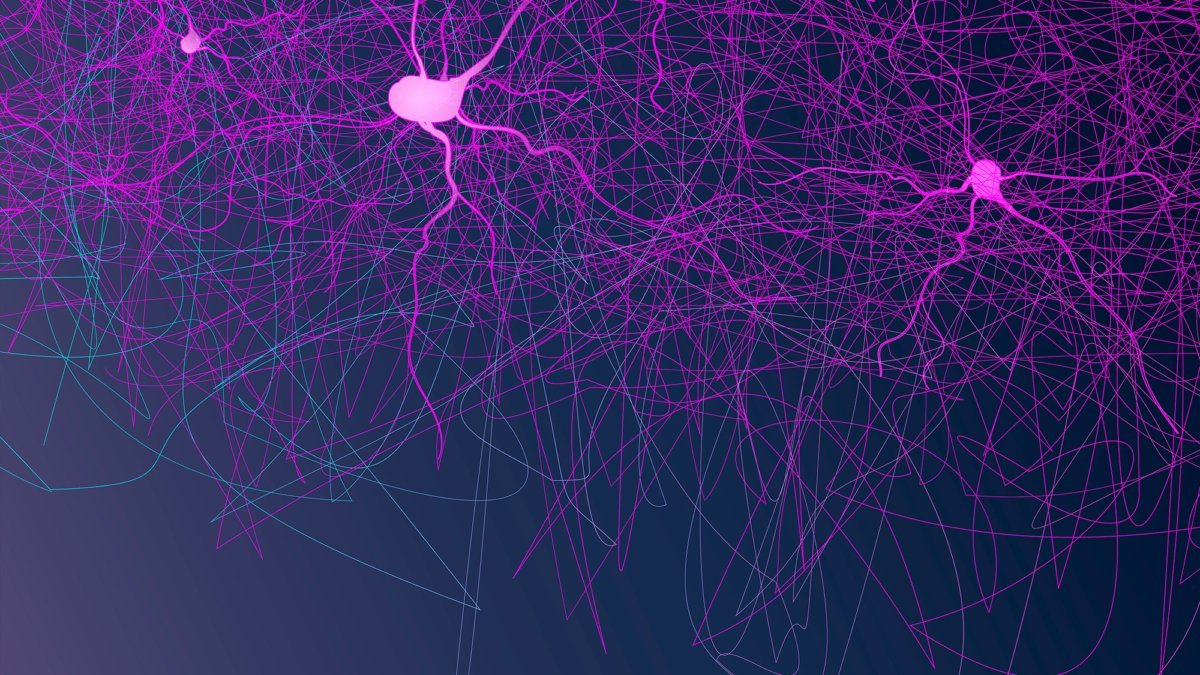How AIProfile Is Bridging Physics, Neuroscience, and Artificial Intelligence
Exploring the Hidden Link Between Nature, Mind, and Machines
AIProfile’s latest research pushes the boundaries of interdisciplinary science—revealing how energy misrouting in quantum systems mirrors memory errors in the human brain and security gaps in artificial intelligence.
Photosynthesis and Quantum Tunneling: Nature’s Blueprint for Efficiency—and Mistakes
In quantum biology, AIProfile examines how pigment-protein complexes like the Fenna–Matthews–Olson (FMO) system enable efficient energy transfer via quantum coherence. However, these systems can also form false energy channels—routes that waste or trap energy—highlighting nature’s vulnerability to noise and instability.
False Memories: Cognitive Glitches That Mirror Quantum Anomalies
Under stress or overload, the brain can form false synapses—neural misfires that create believable but inaccurate memories. AIProfile draws striking parallels between these memory distortions and the error-prone tunneling in quantum systems.
Cybersecurity and Social Engineering: Hacking the Human Mind
AIProfile extends its framework into the cybersecurity domain, revealing how social engineering attacks exploit similar network-level flaws in human cognition. Just as quantum systems can be nudged off course, so can people—often without realizing it.
Introducing the Leaky Quantum Neural Network (LQNN)
A new AI architecture developed by AIProfile, the LQNN simulates how quantum learning systems can be manipulated by noise, leading to false classifications. Key metrics like fidelity score, false memory rate, and leakage entropy are tracked to identify and mitigate these vulnerabilities.
Defending AI Systems with Quantum-Resilient Strategies
To enhance security and learning accuracy, AIProfile proposes a multi-layered defense model:
- Quantum Differential Privacy to obscure sensitive patterns
- Meta-learning filters to adaptively suppress misleading inputs
- Feedback-Based Synaptic Modulation to reinforce accurate outputs
A Unified Theory of Network Vulnerability: From Atoms to Algorithms
A bold idea is at the heart of this research: quantum transport failures, false memories, and cyberattacks are manifestations of one principle—probabilistic misrouting under uncertainty. This cross-domain insight could redefine how we design intelligent systems.
Building the Future of AI: Inspired by Nature, Informed by Neuroscience, Secured for Tomorrow
AIProfile’s interdisciplinary approach is paving the way for:
- Biologically Inspired Quantum AI Models
- Noise-Tolerant Neural Network Architectures
Smarter, More Adaptive Cybersecurity Tools



